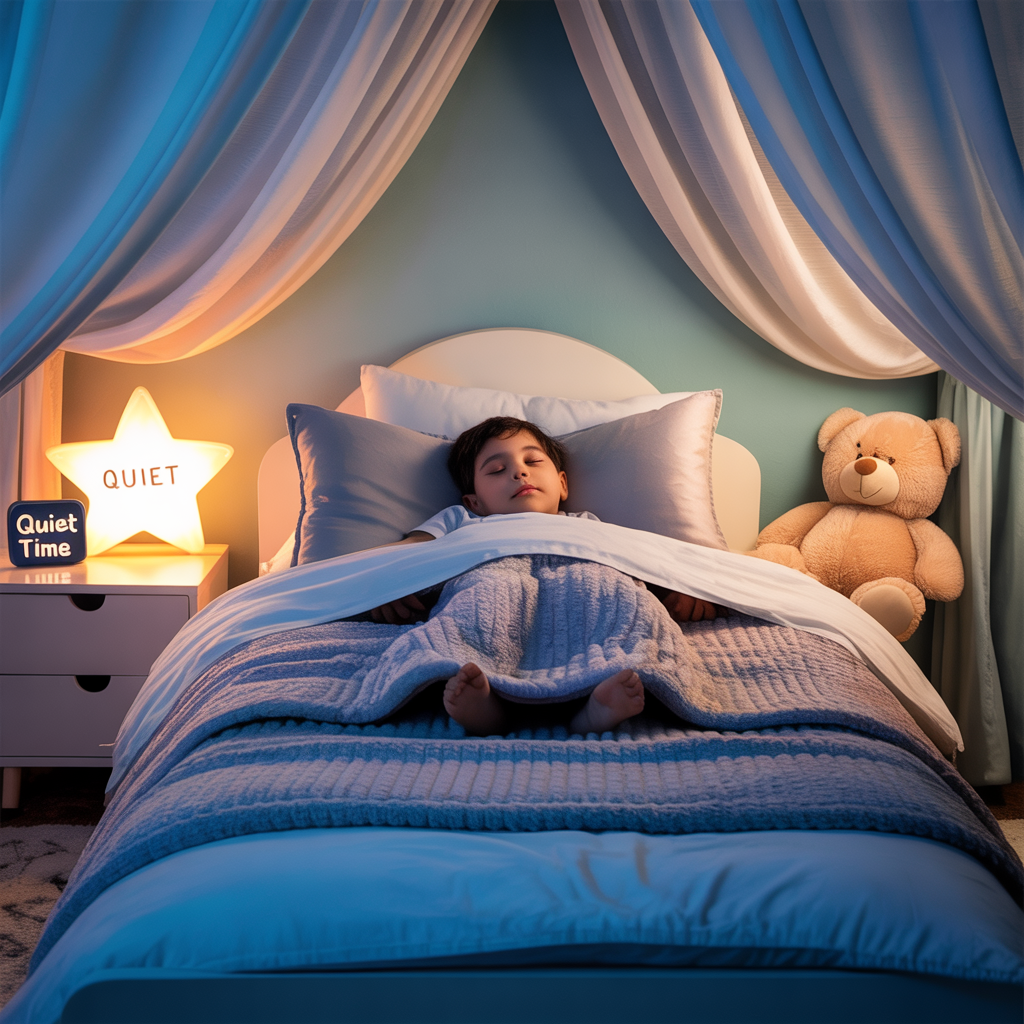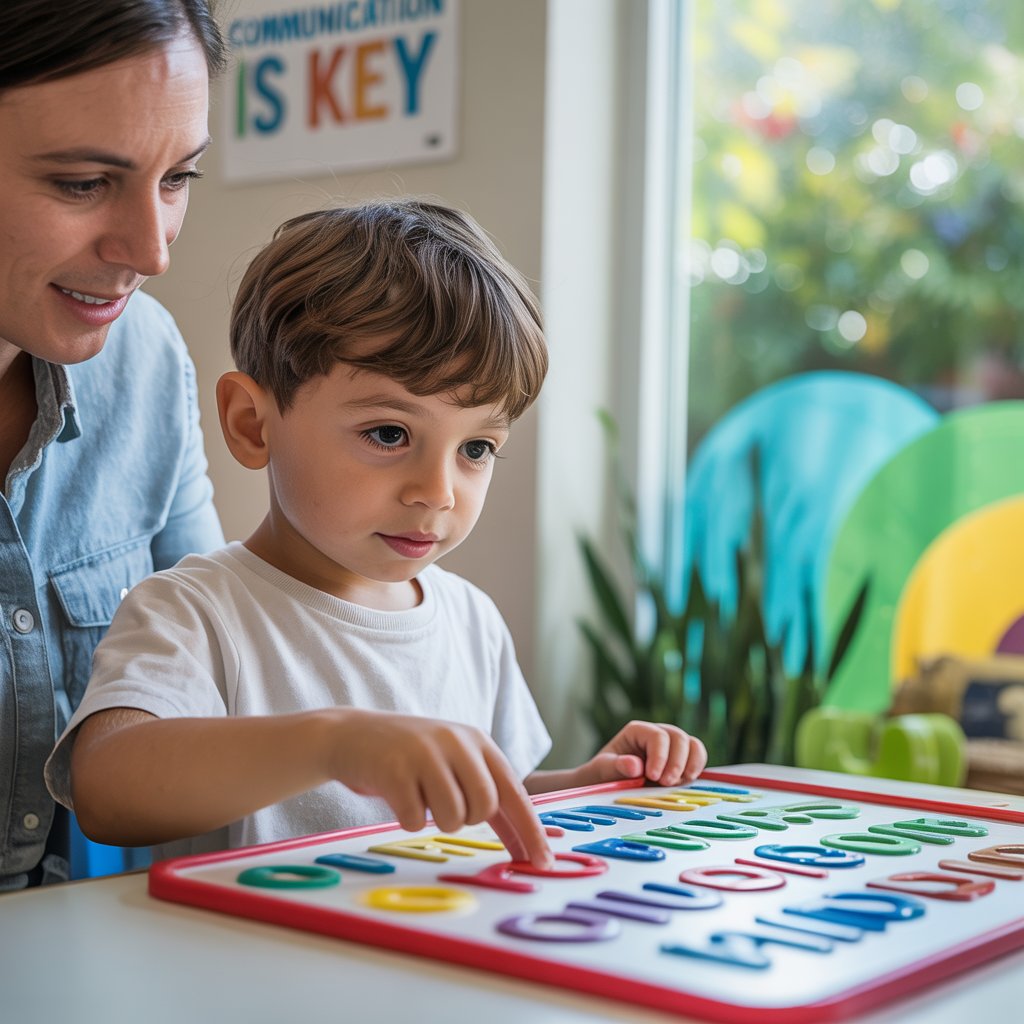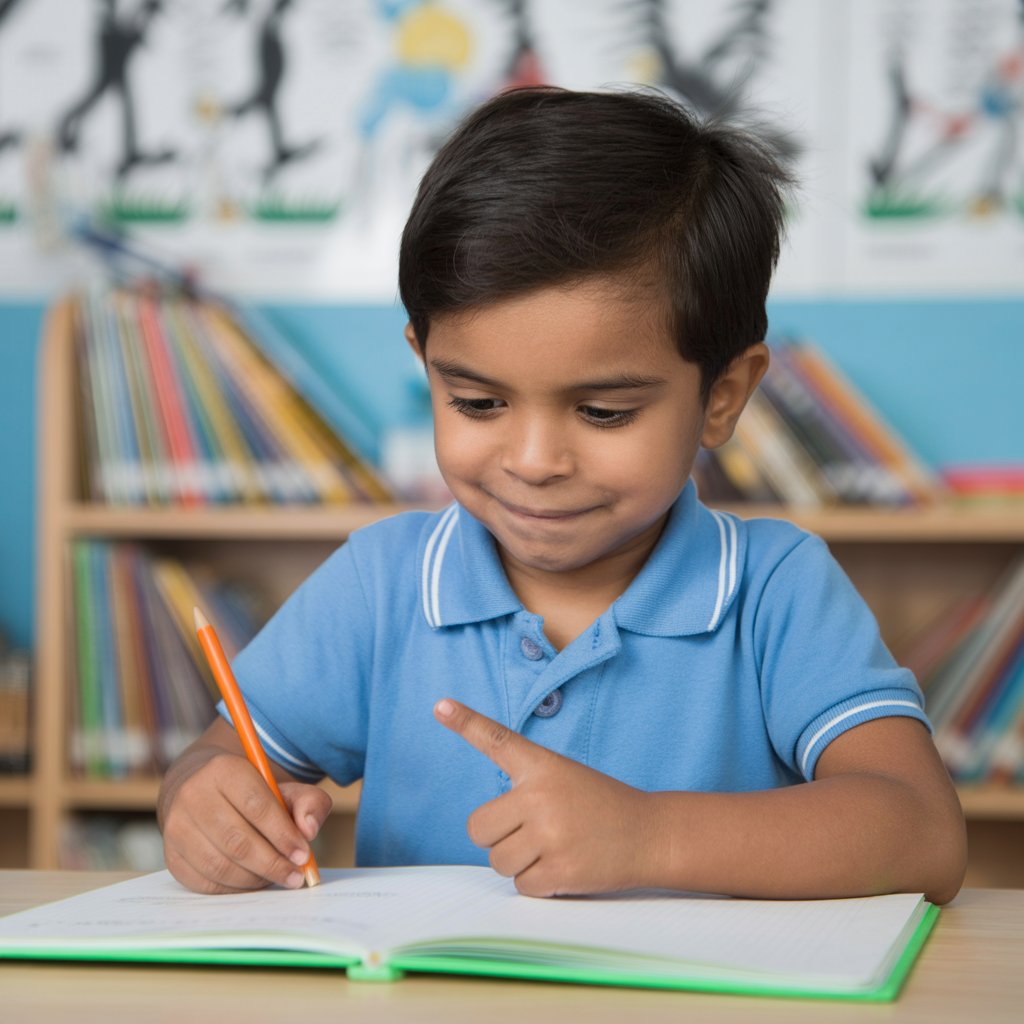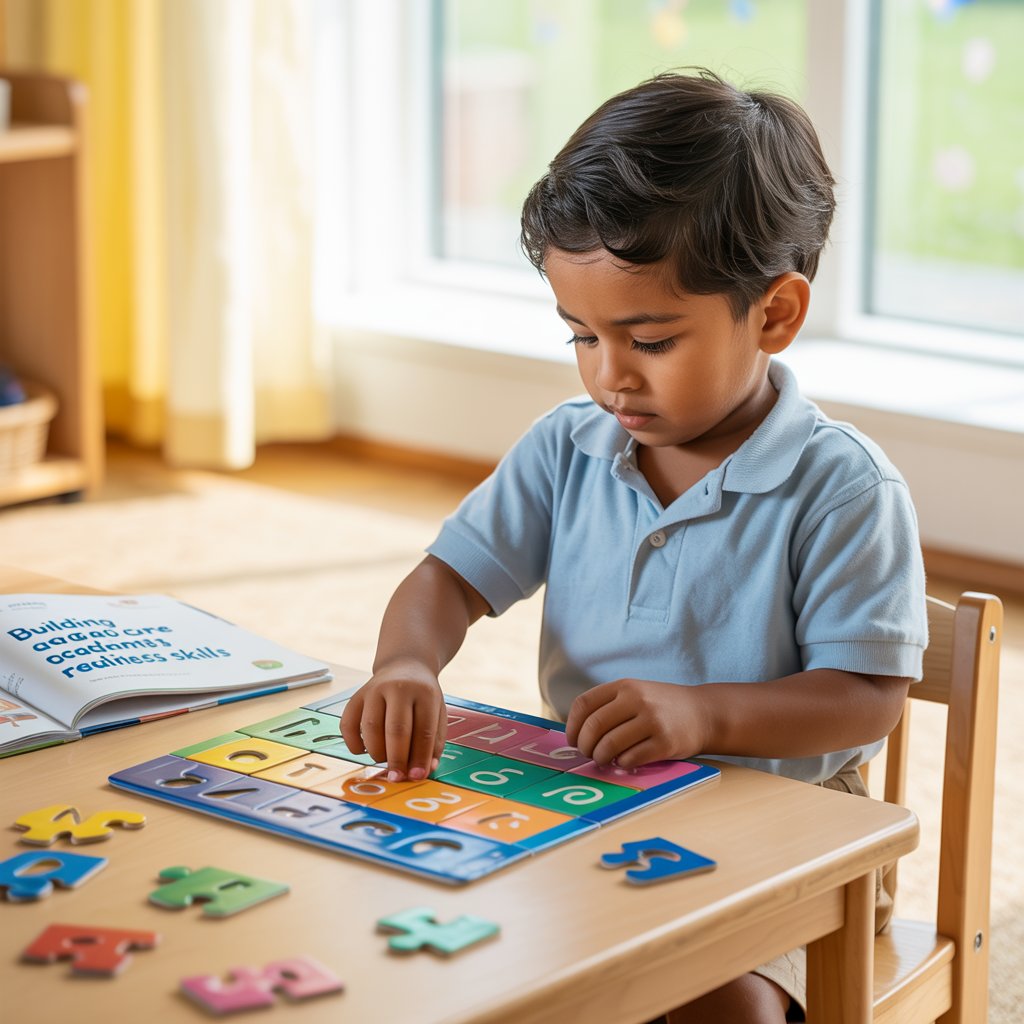How to Create a Sleep-Friendly Space for Children with Autism

Optimizing bedroom setup for sensory needs
Sleep issues for autistic kids often stem from sensory challenges. Their bedrooms need to be sensory havens, not overwhelming spaces.
Start by decluttering. A messy room with toys everywhere can be visually stimulating when it's time to wind down. Create clean lines and organized spaces where everything has its place.
Wall colors matter too. Skip bright reds or oranges that energize. Instead, go for soft blues, gentle greens, or neutral tones that promote calm. Some kids might prefer completely blank walls while others need a few familiar items for security.
Consider adding a small sensory corner where your child can decompress before bedtime - maybe bean bags, a few favorite tactile toys, or a mini tent as a retreat space when feeling overwhelmed.
Selecting appropriate bedding and pajamas
The wrong fabric against sensitive skin can keep a child awake all night. Cotton is usually a safe bet - breathable, soft, and natural. For some kids, flannel feels comforting while others might find it scratchy.
Try these bedding options:
- 100% cotton sheets with high thread counts (smoother feel)
- Bamboo sheets (silky texture some kids adore)
- Fleece blankets (if your child craves warmth and weight)
- Jersey cotton (t-shirt material that stretches and moves)
For pajamas, remove all tags and watch for tight elastic bands. Seamless options exist specifically for sensory-sensitive children. Some kids prefer tight-fitting pajamas that provide gentle pressure, while others need loose, flowing garments.

Managing light, sound, and temperature
Light filtering is crucial. Blackout curtains block street lights and early morning sun. Remove electronics with blinking lights or cover them with tape.
For sound management:
- White noise machines mask unpredictable outside noises
- Soft music or nature sounds work for some children
- Sound-dampening panels on walls can reduce echo
- Draft blockers at door gaps prevent hallway noise seepage
Temperature regulation is equally important. Most sleep experts recommend cooler rooms (65-68°F), but follow your child's preferences. Some autistic children run hot or cold compared to neurotypical temperature comfort zones.
Using weighted blankets and other comfort tools
Weighted blankets provide deep pressure that many autistic children find calming. The general rule is 10% of body weight plus 1-2 pounds, but start lighter and see what works.
Beyond weighted blankets, consider:
- Body pillows that create a gentle "nest" feeling
- Compression sheets that wrap snugly around the mattress
- Sensory socks that provide gentle pressure during sleep
- Stuffed animals with subtle weight in their bellies
Some families find success with bed tents that create enclosed, cozy spaces. Sleep sacks (especially for younger children) prevent blankets from being kicked off while providing consistent pressure.
Remember that preferences can change suddenly - what worked last month might not work today. Keep communication open and watch for subtle cues about comfort.







